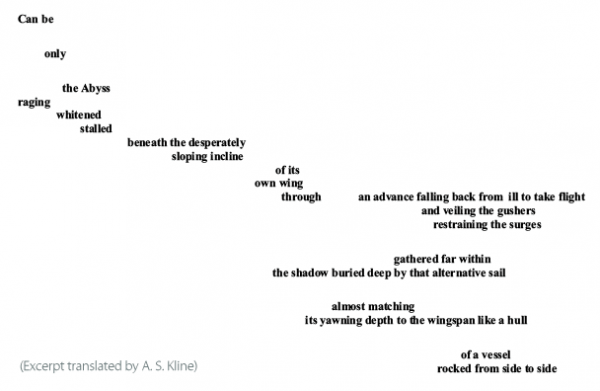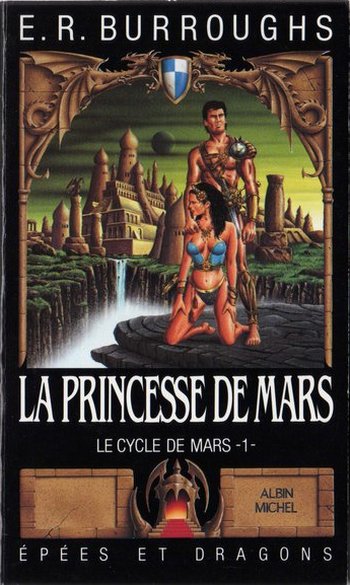

Shipping may be from our UK warehouse or from our Australian or US warehouses, depending on stock availability. The book examines how 19th- and 20th-century French-speaking poets have used cinema for cross-medium writing experiments, especially in the aftermath of the two world wars, thereby altering modernist literary imagination.

The episteme of cinema, the book demonstates, reached the very core of its supposedly highbrow rival, while at the same time modern poetry cultivated the technocultural savvy that is found today in slams, e-poetry, and poetic-digital hybrids.
Cinepoetry analyzes how French poets have remapped poetry through the lens of cinema for more than a century.
What results is a broad rethinking of the relationship between film and literature. Cinepoetry: Imaginary Cinemas in French Poetry (Verbal Arts: Studies in Poetics series) by Christophe Wall-Romana. The book also explores the crucial link between trauma and trans-medium experiments in the wake of two world wars and highlights the marginal identity of cinepoets who were often Jewish, gay, foreign-born, or on the margins.

In showing the cinematic consciousness of Mallarme and Breton and calling for a reappraisal of the influential poetry theory of the early filmmaker Jean Epstein, Cinepoetry reevaluates the bases of literary modernism. In showing how poets have drawn on mass culture, technology, and material images to incorporate the idea, technique, and experience of cinema into writing, Wall-Romana documents the long history of cross-media concepts and practices often thought to emerge with the digital. Cinepoetry analyzes how French poets have remapped poetry through the lens of cinema for more than a century. In showing how poets have drawn on mass culture, technology, and material images to incorporate the idea, technique, and experience of cinema into writing, Wall-Romana documents the long. Thus no images realizable through plastic means: only their surrealism. Cinepoetry analyzes how French poets have remapped poetry through the lens of cinema for more than a century.

For nothing must make the reader come out of his deep self. "As for images, they must be handled with great care, by preventing them from giving objects an existence in the exterior world. The film unfolds, varied and captivating and the whole richness of inner life traverses consciousness as a broad current: our soul fills up with a spontaneous melody, it is the lyrical flux that sings! "We dream, kaleidoscope of images, sensations and emotions function. "This background activity that became autonomous and functions blindly without the use of conscious will, this is what we call “automatism”. In the inaugural issue of L’Esprit Nouveau in October 1920, Dermée published “Découverte du lyrisme” (Discovery of lyricism), a piece connecting lyricism, automatism, dream, Freud, cinema, and surrealism:


 0 kommentar(er)
0 kommentar(er)
